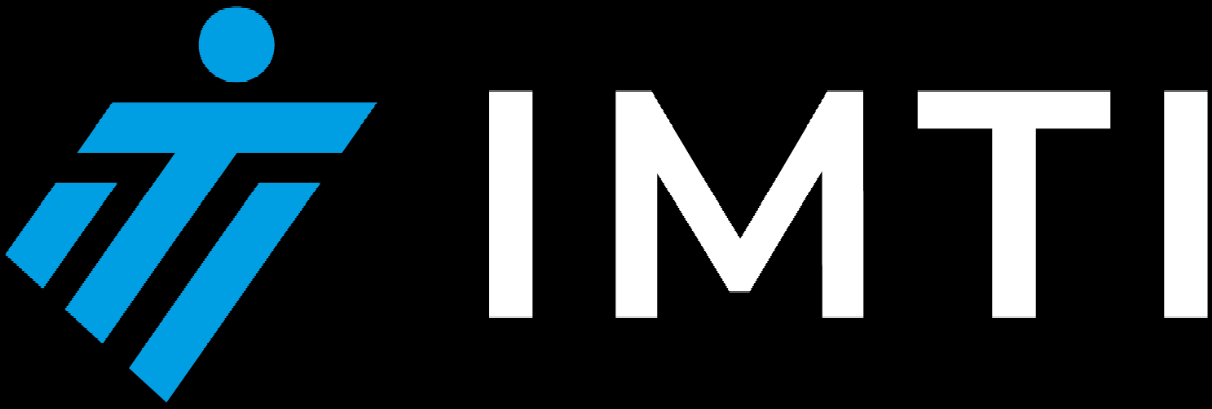Welcome to 2025! As we embark on a new year, it’s time to reflect on our goals and map out the steps needed to become the best version of ourselves. Whether your focus is on improving physical health, managing stress, or reaching personal milestones, one factor is clear: training and recovery are essential for success in everyday life. Here’s why they matter and how to incorporate them into your routine.
The Role of Training in Achieving Your Goals
Training isn’t exclusive to athletes or fitness enthusiasts - it’s for anyone striving to enhance their quality of life. Effective training strengthens both body and mind, fostering resilience and equipping you to tackle challenges with confidence. Here’s how training can support your 2025 goals:
- Boost Physical Health:
Regular exercise improves cardiovascular fitness, strengthens muscles, and enhances energy levels, enabling you to handle daily tasks with ease and vitality.
- Enhance Mental Clarity:
Physical activity releases endorphins, which reduce stress and improve mood. It also sharpens cognitive function, enhancing focus and productivity.
- Build Discipline: Consistently committing to your training routine develops discipline - a skill that translates to other areas, such as advancing your career or nurturing meaningful relationships.
The Vital Importance of Recovery
In today’s fast-paced world, recovery is often overlooked - but it’s just as critical as training. Recovery isn’t simply about rest; it’s an active process that allows your body and mind to recharge, repair, and grow. Prioritizing recovery can:
- Prevent Injuries:
Without adequate recovery, overtraining can lead to injuries that hinder progress.
- Enhance Performance:
Rest allows your muscles to repair and grow stronger, enhancing your overall performance.
- Reduce Stress: Practices like soft tissue therapy, mindfulness, and stretching can lower stress hormones, leaving you refreshed and ready for new challenges.
Balancing Training and Recovery for Everyday Life
Finding harmony between training and recovery is the key to sustainable progress.
Here are practical steps to make both priorities in your daily routine:
- Set Realistic Goals: Define specific, measurable, and achievable objectives for 2025. Whether it’s running a 5K, managing work stress, or feeling more energized, clarity helps keep you on track.
- Create a Training Schedule:
Dedicate consistent time to activities that challenge your body and mind. Focus on maintaining regularity rather than intensity.
- Incorporate Active Recovery:
Include low-impact activities such as yoga, walking, or stretching on rest days to keep your body moving without overexertion.
- Prioritize Sleep:
Sleep is a cornerstone of recovery. Aim for 7–9 hours per night to support physical repair, mental restoration, and overall health.
- Use Recovery Tools: Techniques like foam rolling, soft tissue therapy, and guided meditation enhance recovery, reduce soreness, and alleviate stress.
Make 2025 Your Year of Growth
This year, make a commitment to embrace both training and recovery as essential parts of your lifestyle. By striking a balance between effort and rest, you’ll not only reach your goals but also lay the groundwork for lasting health and resilience. Here’s to a year of health, strength, and accomplishment. Let’s move forward with purpose, stay consistent, and always remember to recover!





